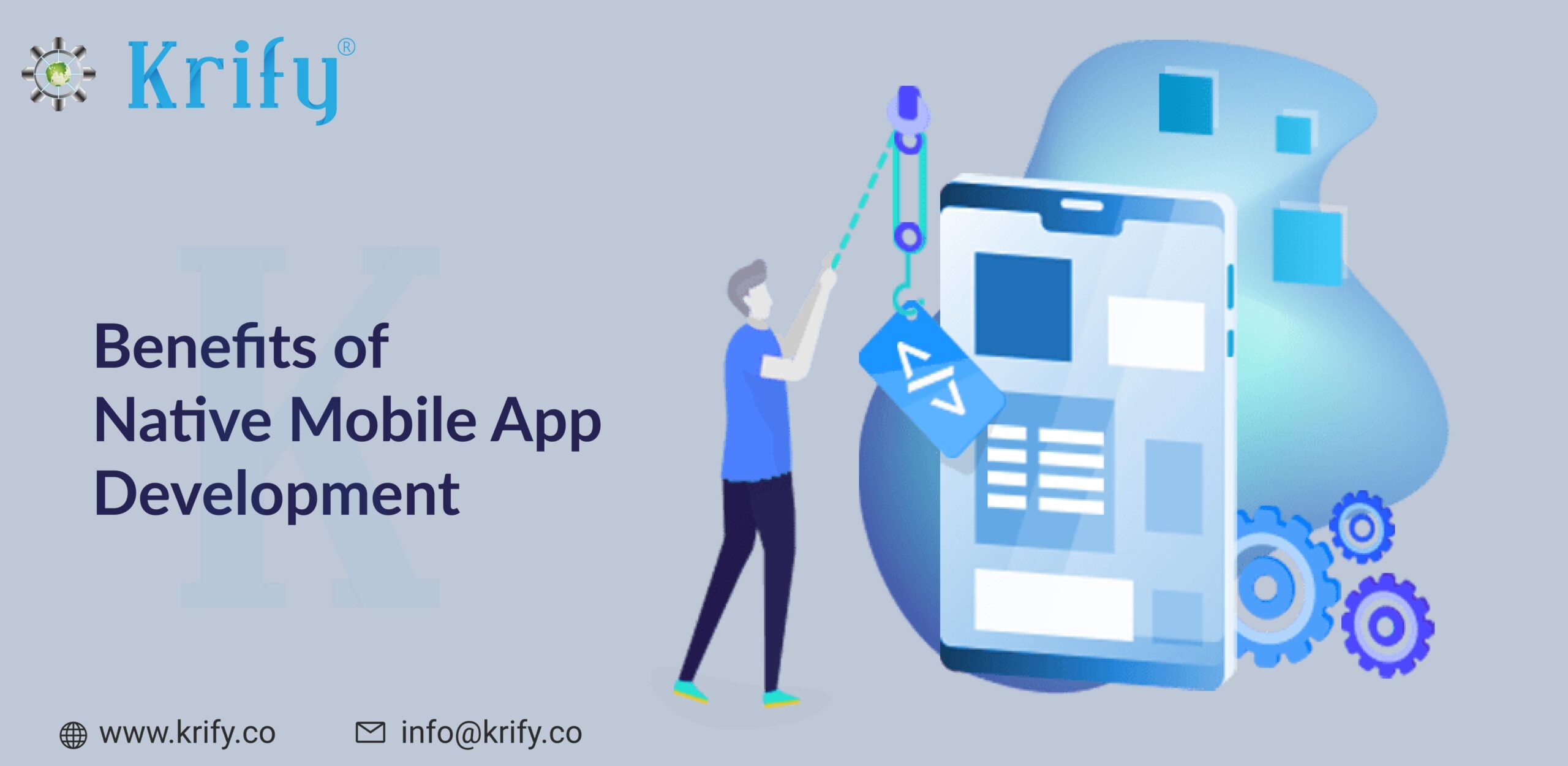Majority of organizations, in the current age of mobile applications, give priority to native app development as mobile users hunt for mobile apps for every service, that eases their work. Many firms have made building the mobile app a high priority. Still, it is often difficult to choose a development technique because the lines between the different possibilities are becoming ever fuzzier.
Native App Design is the way to go if you want to attract, acquire, and use your clients’ mobile device capabilities. As mobile software becomes more vital for businesses, it is critical for businesses to understand the benefits and drawbacks of various approaches to app development. Before we go through the benefits of native app development, let us first define native mobile app development.
What is Native Mobile App development?
Native app development entails creating apps for specific mobile operating systems. Native applications are autonomous since their data is saved in cloud services or the memory of a device. Google and Apple both provide SDKs, UI components, and development tools to app developers. The majority of businesses will engage in native app development due to the various benefits over other types of apps such as web or hybrid.
Benefits of Native App development
Performance:
Native applications are speedier and more responsive to offer the best user experience. These apps work faster as they are coded into platform ecosystem-specific languages. Since the applications can access distinct components and APIs suited for different devices, they are operating efficiently and flawlessly.
More Secured app development:
Since most hybrid apps rely solely on system browser security, cross-platform and native apps are protected by multiple levels of an operating system, making them difficult to hack. Because of the lengthy development of official platform SDKs, it is more likely that they will be able to eliminate every growing security problem.
Fewer bugs :
While designing native apps, you are less likely to face defects because you are not dependent on cross-platform tools. Hybrid applications can communicate with hardware via a bridge, slowing down app development and producing an uncomfortable user experience. When new iOS and Android versions are launched, this problem happens.
Scalability:
Because native apps should be compatible with a single platform, they can be configured rapidly. It is easier to scale when there are fewer constraints. If you want to combine the benefits of native and cross-platform solutions, you may need to start natively and then optimize a few minor app components with additional cross-platform code.
Full Device Access Features:
Native apps for their particular platform are designed and take advantage of the features of the software and operating systems. These applications may access device hardware such as GPS, camera, microphone, etc., more easily, leading to improved user experience. This allows for better operation.
Stable:
The respective organizations continually assist and strengthen the entire platform for consumers and app makers, as iOS and Android serve as key elements. Since these platforms help indigenous apps entirely, the use, maintenance, and application development will be much more stable.
Conclusion:
If a company wants to use an app as central equipment to communicate with consumers and stakeholders, it should have a good user experience to encourage the retention of mobile apps. So, mobile application development and its features integration depend on the requirement shared by the clients.
At Krify, our team of professionals, well versed with the latest technologies, develop robust mobile and web applications to offer the best solutions to client requirements with zeal. If you are looking for the best native app development company India, I would say you just landed on the right page. To discuss in brief, contact us.
.




